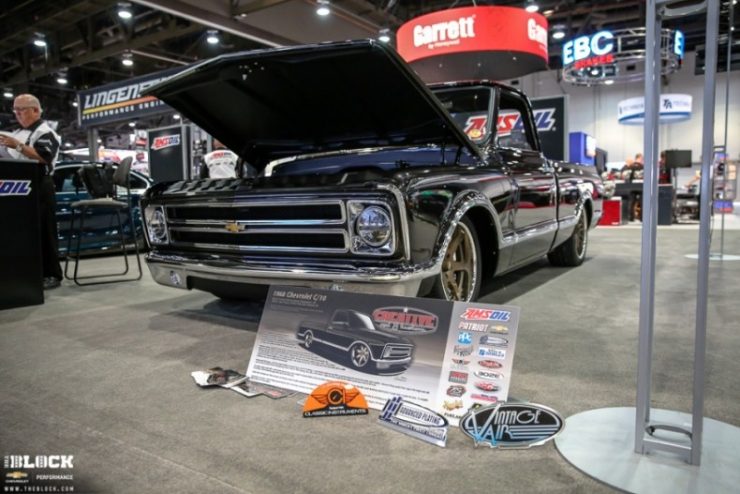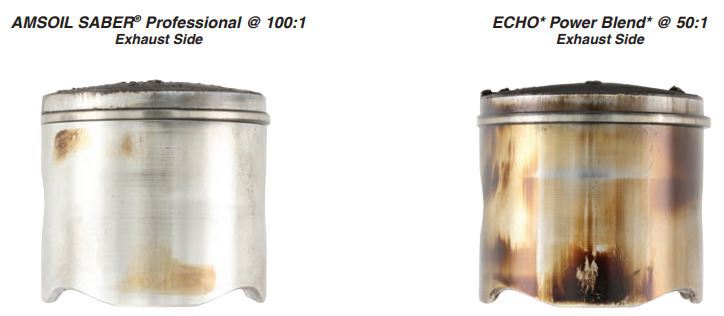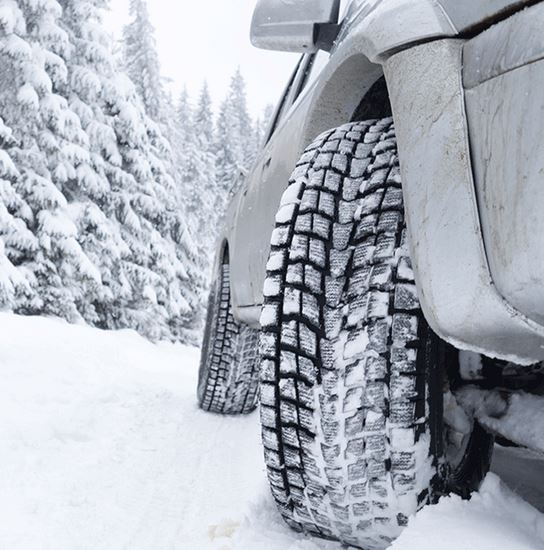Synthetic Oil Filters vs Regular Oil Filters
Early automobile engines didn’t use oil filters, or air filters for that matter. For this reason frequent oil changes were a must. Motor oil quality wasn’t really that important in those days, anyway. It was the discarded by-product of processes designed to create other products from crude oil, like fuel, benzene and other petrochemicals.
The first oil filters were simple, generally consisting of a screen placed at the oil pump intake in order to keep mice, cockroaches and other debris from getting churned inside the pistons. (OK, just checking to see if you’re paying attention.) It was, however, a fairly crude setup.
In 1923, a pair of American inventors, George Greenhalgh and Ernest Sweetland, filed a patent for a new kind of oil filter that they called the Purolator, which became a handle for “pure oil later.” The Purolator oil filter was the first oil filter invented specifically for cars, generating a whole new industry – the oil filtration aftermarket.
To many people, oil filters are a generic product. Price is the only factor considered when they choose a filter. But just as today’s engines have become increasingly sophisticated, so have many of today’s oil filters. They may look much the same on the outside, but what’s inside can make a big difference.
Oil filters are not created equal
A couple weeks ago I shared a lexicon of filter terms.
It’s true that some things are overpriced, like movie theater popcorn, but more often than not the other side of the coin is true: you get what you pay for. That is, quality costs more than going on the cheap. All kinds of sayings come to mind, like “Don’t be penny wise and pound foolish.” Cars cost a pretty penny these days, even used ones if you want something reliable, so I suggest thinking twice before going cheap on maintenance.
Let’s start with the filter media
As the oil circulates through the engine, it picks up contaminants. The filter’s assignment is to capture these contaminants and hold them prisoner, so to speak. Some of these contaminants come from the atmosphere, some from wear and some are byproducts of combustion.
The challenge for filter manufacturers is to use filter media that is porous enough to allow good oil flow, but not so impermeable that it blocks flow and causes oil starvation. It’s a big challenge, especially in racing applications, which is why so many manufacturers of auto aftermarket products are involved in racing. Racing pushes product performance to its limits, and manufacturers learn the stress points of engine components, lubricant capabilities and filters, among other things.
The four oil filter families
Filters come in four basic families.
- Standard oil filters sold at most oil-change facilities
- High-performance filters
- Racing filters
- Synthetic-media filters
AMSOIL Ea® Oil Filters feature advanced full-synthetic media that traps and holds a greater quantity of small, wear-producing contaminants compared to conventional filters. Because AMSOIL Signature Series Synthetic Motor Oil is designed for a longer drain interval – 25,000 miles/one year/700 hours (whichever comes first) – we recognized the need to offer filters capable of protecting for an extended service life while reducing wear.
Other areas where there can be a quality difference include the gaskets, the canister itself, the back-plate and the all-important anti-drainback valve. But the media itself is the heart of the filter’s effectiveness, or ineffectiveness. If you do a search and read forums on this topic, you’ll find stories about bunched-up material clogging oil passages and see photos of other horrors leading to a filter’s early demise. At one forum, I saw a photo where the filter looked like it had been twisted in a blender (the canister had been removed to reveal this inner destruction.) More startling, though, was that in the background was a fairly new Cadillac. Why would people go top drawer on a car and low-ball it with the filter?
All that to say that there are some pretty good reasons to choose a quality filter. There are already enough problems in the world. Why worry about your filters doing what they are supposed to do.










